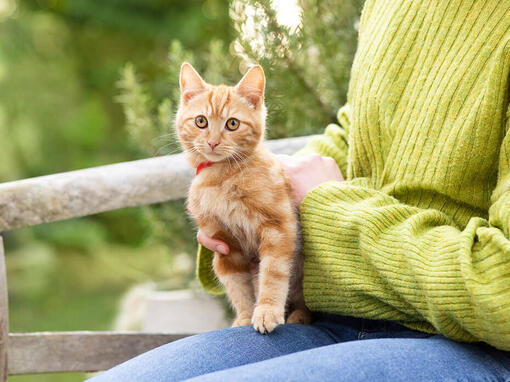- Playful and curious cat
- Friendly but independent cat
- Quiet cat
- Larger stockier cat breed
- Requires grooming every day
- Non hypoallergenic breed
- Needs some out-door space
- May require familiarisation before living with children
Personality
The Selkirk Rex cat has an alert and active personality with a sweet and endearing disposition. This laid back breed is happy to sit on your lap and loves to have a cuddle. It is also more than happy to play games and makes a great family pet.
History and Origins
Country of Origin: USA
Other Names: Sheep cat
The Selkirk Rex cat breed (long hair) is named after the Selkirk Mountains in Wyoming where the first was born to a litter at an animal shelter in 1987. This kitten had an unusually curly coat. An experimental breeding programme with this cat and its offspring, found that this curly coat mutation was a dominant trait – half of all kittens had a curly coat. The trait is recessive in other rex breeds. The Selkirk Rex cat is very popular in the USA and Canada where its striking, thick, curly coat has gained it the nickname 'Sheep cat'.
The Selkirk Rex cat breed lives well into its teens. Some Selkirk Rex cats can suffer from hair loss. Because of input from Persian cats, the Selkirk Rex cat breed is registered with the GCCF in the UK and are tested for polycystic kidney disease which occurs mainly in Persians. As with all cats, Selkirk Rex cats need vaccinations, parasite control and regular veterinary checks to remain healthy.
Every cat is unique and each has their own particular likes, dislikes, and needs when it comes to food. However, cats are carnivores and every cat must obtain 41 different and specific nutrients from their food. The proportion of these nutrients will vary depending on age, lifestyle and overall health, so it's not surprising that a growing, energetic kitten needs a different balance of nutrients in her diet than a less active senior cat. Other considerations to bear in mind are feeding the right quantity of food to maintain 'ideal body condition' in accordance with feeding guidelines and catering to individual preference regarding wet or dry food recipes.
The coat of the longhaired Selkirk cat requires daily attention with gentle grooming to remove any knots and tangles. This is easily done with a wide tooth comb. The shorthaired variety needs less grooming. Over grooming in both will flatten the curls.
While this breed is not widely recognised as one of the best breeds for children, all cats are different and with the proper familiarisation may still be able to live with children.










